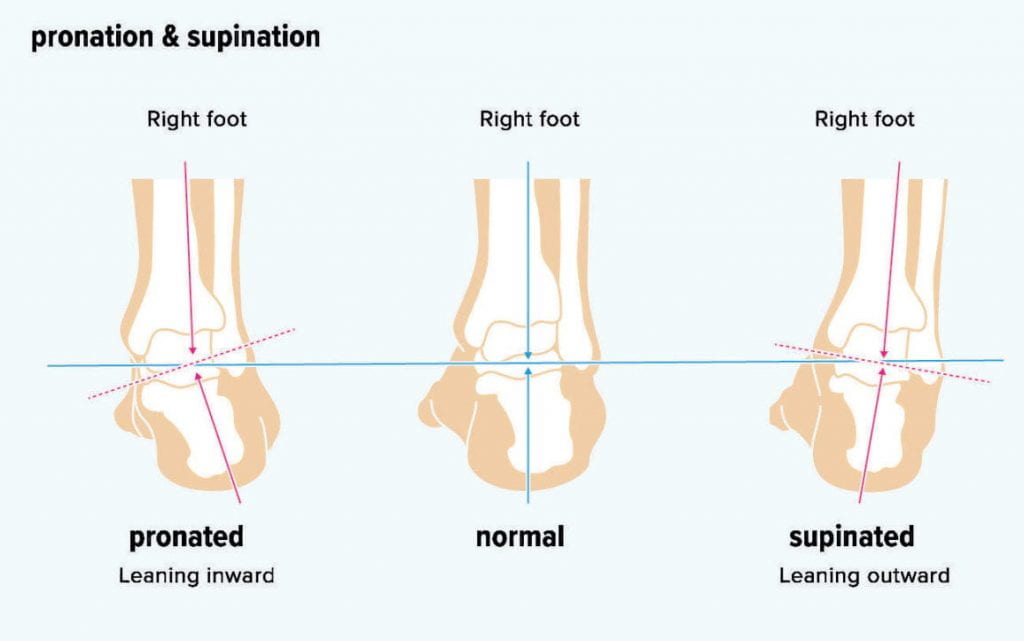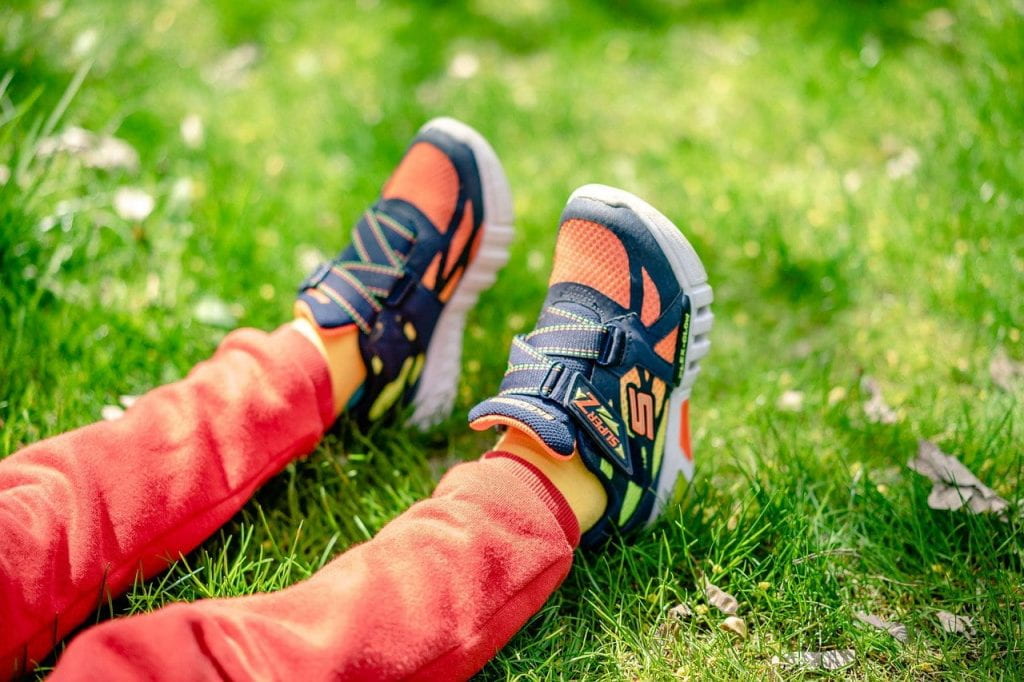As a Physical Therapist, one of my least favorite topics I learned about in school involved feet and ankles. We were required to remove our shoes and socks, and allow our classmates to practice exams, take measurements, and watch us walk. What I didn’t realize at the time was how incredibly important feet are – they are literally the foundation for everything we do. And of course, no one is perfect, so many of our feet require a little help to be the foundations we need in order for us to function at our best.
What I didn’t realize at the time was how incredibly important feet are – they are literally the foundation for everything we do.
There are three primary postures that we see in feet, with a wide spectrum in between. Feet can either be flat (pronated), neutral, or have high arches (supinated). Feet should move through all three of these postures while walking, but some feet have a hard time staying within a healthy range. Moving too far into either posture (from pronation to supination) can cause poor alignment of our feet, legs, and spine. Shoes can be the first line of defense in avoiding these extreme ranges. Many major brands sell versions to support flat or arched feet properly. When shoes aren’t enough, orthotics or braces can help keep feet in line. Teasing out the differences between the many varieties of orthotics and braces would take up an entire textbook. So, for now, we’re just going to talk about shoes.

Most shoe stores are overwhelming. There are now many different shoe options available, and it’s hard to know where to start. First and foremost, you need to consider the specific activity the shoes are intended for. For example, are these shoes for school, a specific sport, or a more formal event? The wrong footwear for an activity can make the activity more difficult, but it can also be dangerous. Shoes for school or any outdoor activities should fasten with laces or Velcro, have rubber soles that provide traction, and have backs to prevent them from slipping off. Sandals or flip-flops are a great option for the pool but can be very dangerous on a playground or at school. Shoes for formal activities are not ideal for play or long days, as they are often hard-soled, and do not provide traction or support for the foot.
But are shoes always necessary? Going barefoot provides children with a wide variety of sensory experiences and allows them to develop the small muscles in their feet that provide internal support and balance. I encourage barefoot experiences that are selective and carefully monitored. Toddlers learning to walk need the feel of the floor in order to know how to navigate it. Barefoot or soft-soled shoes during early walking also allow the small muscles to develop into a firm foundation. As children get older, wearing a shoe with a sole on the bottom is important to protect them from injuries.
Probably the most important factor to consider when selecting a shoe for your child may be finding shoes that they will actually wear. You may select the top-of-the-line, greatest shoe on the market, but if it is difficult for your child to get on or off, uncomfortable, or not the right color, they are not likely to wear them. Allow your child to participate in selecting their own shoes by giving them a few options to choose from. Having them walk around the store in the shoes before buying them allows them to decide if they’re comfortable, as well as practicing putting them on and taking them off.
Probably the most important factor to consider when selecting a shoe for your child may be finding shoes that they will actually wear.
As a PT, I’ve grown to absolutely love shoes, both for style and for function. The right or wrong pair can have a huge impact on your daily life and your child’s motor skills. Please reach out to your child’s physician or therapist to have their feet evaluated for their own best function!
